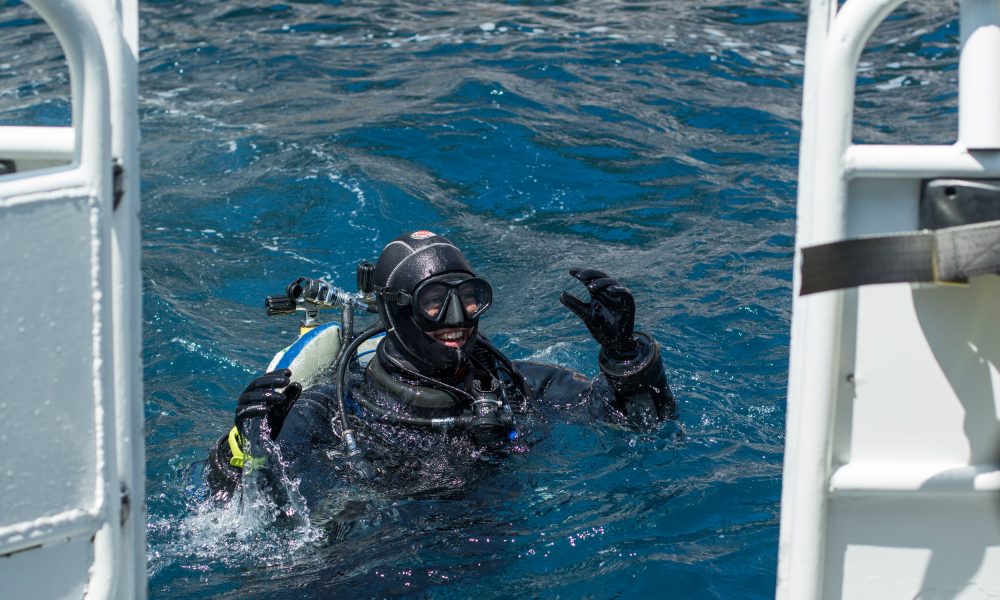suricatasuricata
Contributor
I think I've seen GUE Rec 3 (now Master Diver) graduates carrying stages marked "70" (ft) or "21" (m) and filled with nitrox 32%. I never took that course myself so I'm not completely clear on how they do it. Is it considered within standards?

Jumping into the Deep End
As you may know, GUE advocates adding helium to your breathing mix when diving beyond 30 m/100 ft. But the recommendation is not just limited to tech divers. Here GUE’s 2019 NextGen scholar and recreational instructor Annika Andresen shares her experience taking GUE’s Rec 3 course, aimed at...indepthmag.com
Master Diver | GUE
www.gue.com
FWIW, I took this class. My instructor was noncommittal during class as to what markings were appropriate for the bottle. It was kind of confusing because all trimix dives in the class involve using the Al80 as a decompression bottle. You switch at 70' to the Al80 which contains 32%.
Now, I ended up after the class with a mix of bottles. All containing 32% but with both 100 and 70 stickers.
When I took Tech 1, I was told by my instructor to consider only keeping 50% in bottles marked 70 and 32% in bottles marked 100. Part of rationale being that you don't want to end up in a scenario where you take a bottle that is marked 70 but that contains 32% on a real T1 dive. The other issue is that you might end up doing a dive with a bottle that you think is a stage with 32%, but really contains 50%.
Since then, I am pretty rigorous in ensuring that my Al80s that have a 100 sticker on them only contain 32%, and the ones with a 70 sticker on them only contain 50%.
After all, the only place I see myself at home as using an Al80 with 32% is using it as a stage. Even if I do a dive with unadjusted deco of 15 minutes and max depth of 130', I don't see the point of restricting myself to a 32% deco bottle.




